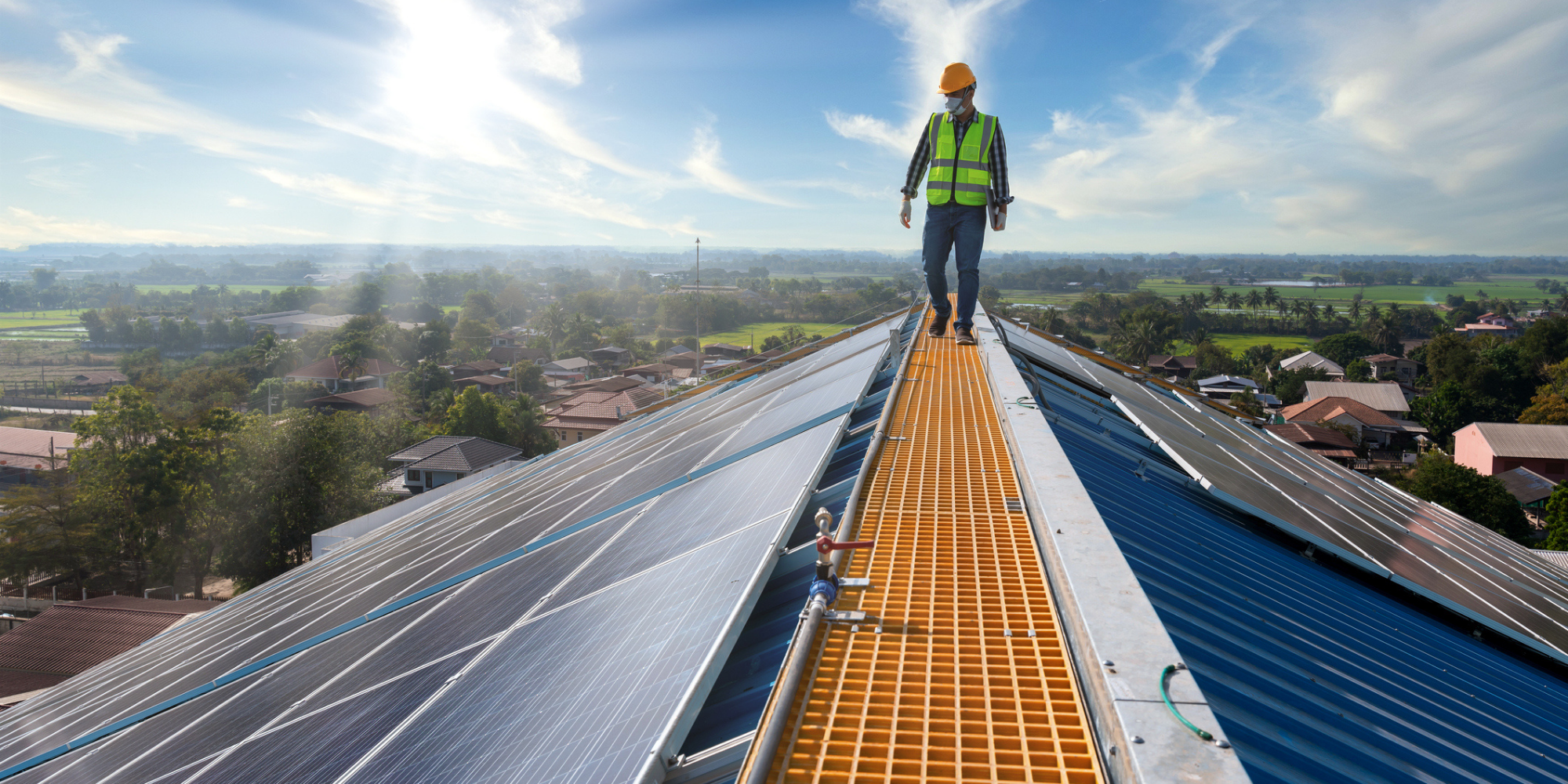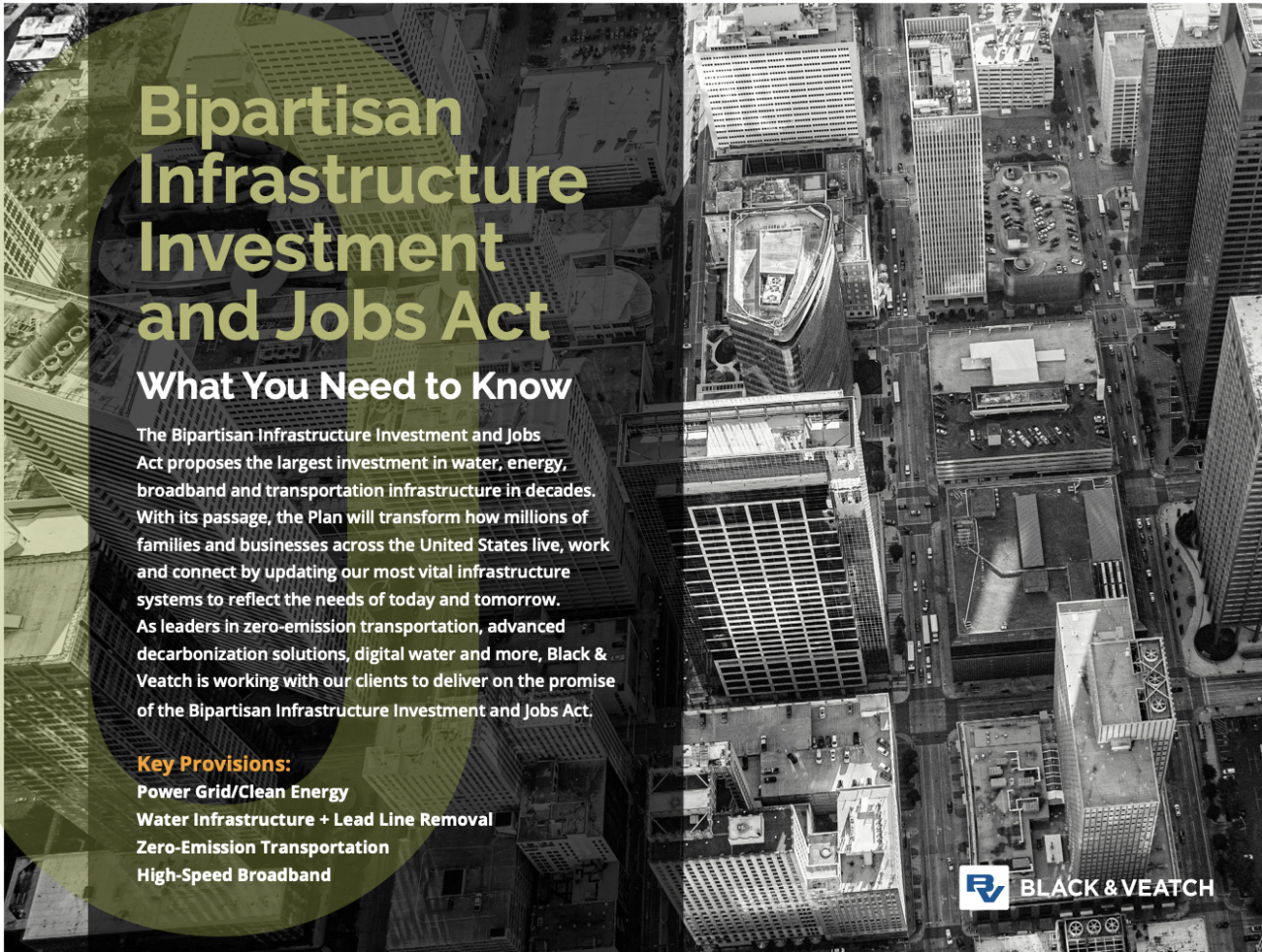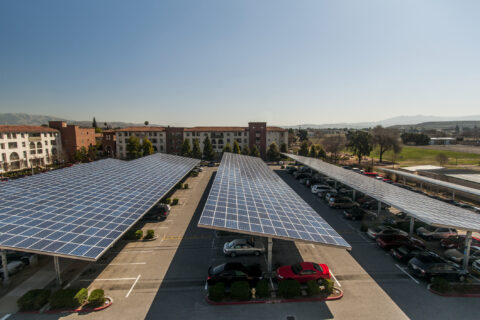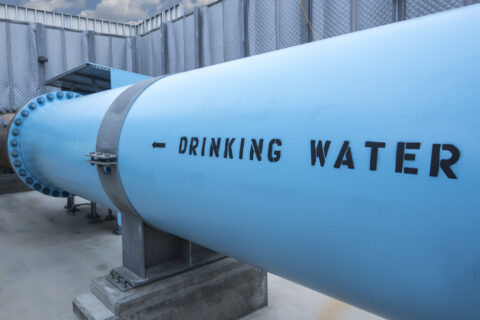Partnered with Black & Veatch
With Federal Infrastructure Spending Measure Now a Reality, Cities Must Begin Understanding the Opportunity, Planning Now
Culminating months of Capitol Hill wrangling, President Joe Biden in November made the $1.2-trillion Infrastructure Investment and Jobs Act (IIJA) a reality, casting it as a decades-overdue, transformational outlay for water, energy, broadband and transportation projects.
The challenge now: How can U.S. cities and utilities seize the opportunity and make use of the federal funding – including $550 billion in new spending over the next five years – to modernize vital infrastructure? The simplest answer rests with city leaders getting proactive now in seeking out the funding and making a compelling case about where’s it to be best spent, partnering with a contractor with a proven record in making such ambitions happen.
The need for the upgrades can’t be understated: The American Society of Civil Engineers in March gave the U.S. infrastructure a C-minus grade, marking the first time in two decades that it scored above a D. Cities looking to address their pressing infrastructure can make it less daunting by urgently adopting a blueprint that aligns with the IIJA’s opportunities in achieving a more inclusive, sustainable economy.
In helping to make sense of it all, a downloadable brochure about the IIJA by Black & Veatch lays out the measure’s multi-sector ambitions beyond extensive upgrades of the nation’s roads and bridges, as well as the century-old global infrastructure solutions leader’s broad experience in the electric, water, telecommunications and consulting segments:
- Energy: As decarbonization and sustainability goals gain momentum among municipalities, the IIJA includes targeted investment tax credits to incentivize building a more resilient power transmission system, hastening clean energy and grid performance objectives. The measure also calls for a 10-year extension of credits for green energy generation and storage, plus state and local government support to accelerate modernization.
- Water: The IIJA commits billions of dollars to ensure clean, safe drinking water and adequate wastewater and stormwater infrastructure, especially in disadvantaged communities. Funds that flow through state revolving funds (SRF) are meant to modernize drinking water, wastewater and stormwater systems, replace lead pips and service lines, and pay for drinking water monitoring and remediation of so-called “forever chemicals.”
- Electric Vehicles: The IIJA delegates funding to support and develop the EV market, including grants and incentives for local and state governments – and the private sector – to build a national network of 500,000 EV chargers by the end of this decade. Billions of dollars in other funding is devoted to modernize public transport, bringing more bus, bus rapid transit and rail service to underserved communities.
- Broadband: The measure helps finance new investments to revitalize digital infrastructure and build high-speed broadband to reach universal coverage. The opportunity to grow business, health and education with this coverage is a win for everybody.
In what could be a game-changer in the electric sector, the IIJA calls for a “Grid Development Authority” at the Department of Energy, allowing for better leveraging of existing rights of way to host transmission lines, build renewable energy projects, deploy broadband and support electric vehicle (EV) charging
Municipalities eager to benefit from the funding must appreciate that the IIJA provides broad policy directives without addressing regulatory policies, whether state or local. Consequently, successful implementation of local infrastructure programs requires a strategy addressing requirements of various regulatory authorities, including issues such as rate impacts, cybersecurity, safety and market impacts.

About the Author:
Clint Robinson is the Associate Vice President of State & Local Government Affairs at Black & Veatch











